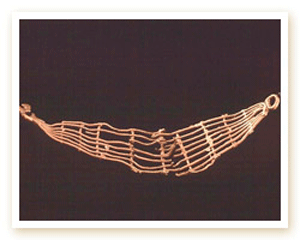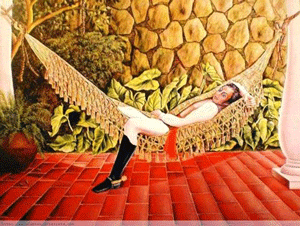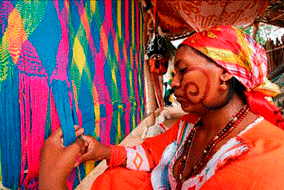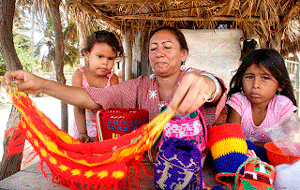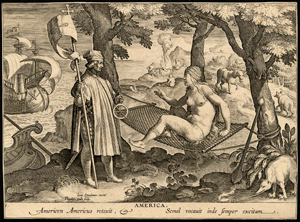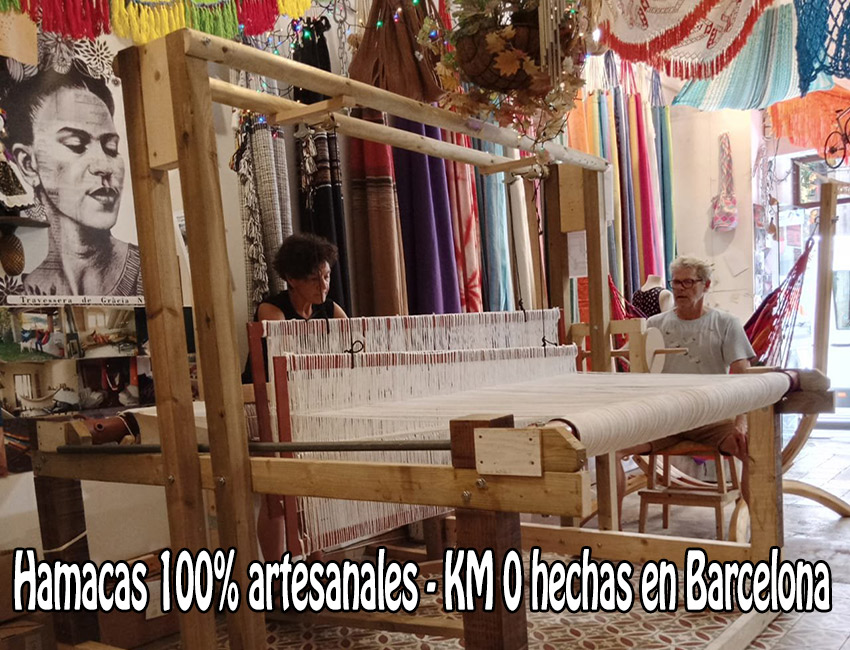The origin of the hammock according to the Maya, Yucatan-Mexico
When one thinks of Yucatan, the Mayan culture and its great buildings come to mind, the wide gastronomy, the color of its typical costumes and the beauty of its dancing, but the Hammock also comes to mind. This artifact is the maximum product of its artisans, which many think has a Mayan origin because of its ingrained customs.
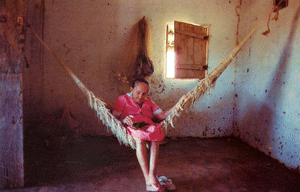
The word Hammock is of Taíno origin and means tree, perhaps it is because from the beginning one of the favorite places to hang them is between two trees to take advantage of the shade and the cool that they produce.
The first hammocks were made with the bark of the Hamack tree, for this reason is attributed to the word "hammock" that etymological origin. The sisal plant (similar in appearance to an Aloe Vera plant) later replaced the bark as the preferred material for the hammock because it was more abundant, and its fibers could be softened by rubbing against the thigh. The use of cotton in these original hammocks is a relatively new material used only in the last 50 to 60 years.
Some people also believe that the hammock is of Polynesian origin.
However, it is not known for sure if the hammock was also brought or invented in Yucatan, what it has been possible to determine is that there are 16th century books that refer to these objects.
The origin of the hammock according to Colombians
As shown in the miniature hammock of pure gold found in the Gold Museum of Bogotá, the origin of the hammock lies with the Indians of Central and South America. The natives knew from the beginning what they had when they designated it as "the cradle of the gods."
Because it is light, fresh and easily transportable, the hammock managed to colonize the Colombian territory, especially that of the hot lands, where it is essential to take care of the sleep of crawling animals such as snakes and scorpions.
It is not an exaggeration to say that from La Guajira to Amazonas and from Arauca to Chocó, the hammock is one of the most important objects of indigenous and mestizo life in Colombia.
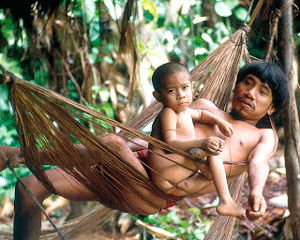
It is much more than a bed in the air. Rocked in a hammock Simón Bolívar weaved wars of independence for many years. And in a hammock, for centuries and centuries, the people of Colombia have dreamed, transported the caciques and the sick, made the siesta and the love, they gave the gold to the gods, they were born, born and died.
However, long before the conquistadores and the chroniclers arrived, the indigenous people of Colombia had already established their own imagery about the hammock.
The Wayuu of La Guajira say that it was the spider named Waleker that taught them how to weave their aerial beds. Consecrated artisan, she always had her fabrics ready at dawn and it was also the one that showed them the abstract designs with which they usually adorn them.
They weave them as their indigenous ancestors did: with cotton yarn and on a vertical, wide and rectangular loom installed in the interior patio of the house. This is an open space with a palm roof and connected to the kitchen, the laundry room, the rooms and the patio, so as not to neglect domestic tasks while weaving.
The trade is inherited as a family legacy and the first lessons in front of the loom are proof that a girl has reached the use of reason. All begin weaving sashes and fajoncitos and from small it becomes evident, like in any art, the skill and the talent of the weaver. And also its character, because it is not the same one that tiles 'apreta'o', that one that tiles loose, finite or 'paletia'o'.
The hammock and the chinchorro are also a central part of the Wayuu culture. They have exclusive use, to receive guests or take a trip; of daily use, that remain cherished inside the ranch, and of rest, arranged outside the ranch in the bower, where the social life of the Wayuu takes place. There are singles and doubles, first and second, single-colored or multi-colored, with stripes, with stripes or with geometric motifs.
The hammock on trips by the sea
Columbus discovered the hammock in the Bahamas, where on October 17, 1492, only five days after his arrival, he noted with surprise in his notes that the houses "were very swept and clean inside, and their beds and paraments of things that they are like cotton nets, and people slept in nets among the trees. "
He brought the hammock with him to Europe, where he was used and valued above all by the sailors.
It was the Spanish chronicler Gonzalo Fernández de Oviedo, in 1537, who described it in detail for the first time: "it is good to say what beds the Indians have on this Spanish island, which they call a hammock, and it is in this way: a blanket woven in part, and in open parts, with crossed stretches, made net (because it is cooler), and is made of hand-spun Indian cotton, which is usually ten or twelve spans, and more or less, and the width they want me to have ... ", says in his General and Natural History of the Indies. And Fray Bartolomé de Las Casas affirmed that "to sleep in them something is rested" and that in the European summer "they would be very dear".
What uses does the hammock have?
Although it was originally made to mitigate the intense heat of this land, rest or sleep, today it is given various uses such as being a baby's cradle, a plaything for children, a placid place to exercise reading, as a decoration inside or outside the houses and is also a comfortable place of rest and recovery for the sick.
Sources: https://www.vistaalmar.es/ciencia-tecnologia/historia/4845-breve-historia-del-origen-de-la-hamaca.html
https://arboledaprivatetours.wordpress.com/2014/06/20/el-origen-de-la-hamaca/
http://www.amigosmap.org.mx/2014/07/22/feliz-dia-internacional-de-la-hamaca/
http://www.yucatan.gob.mx/?p=hamacas

